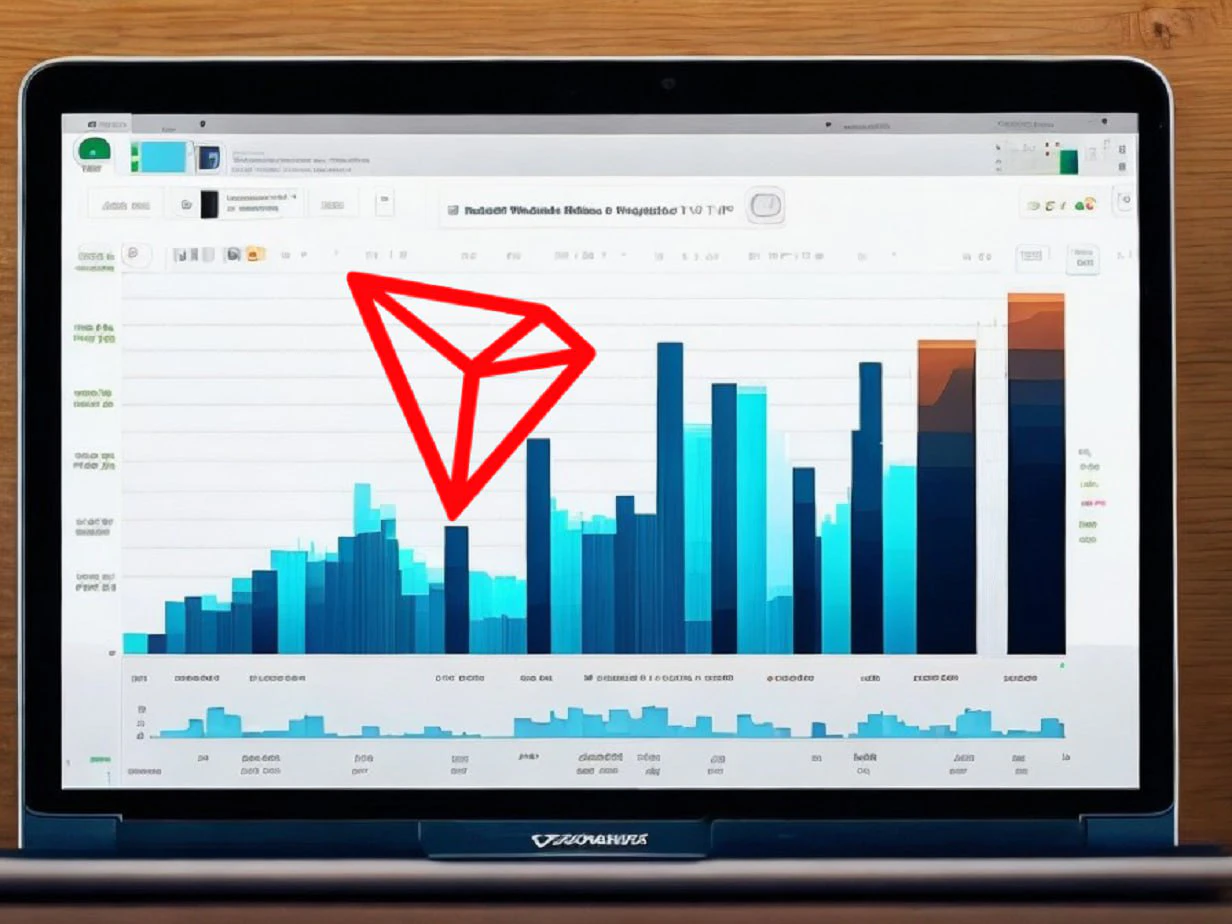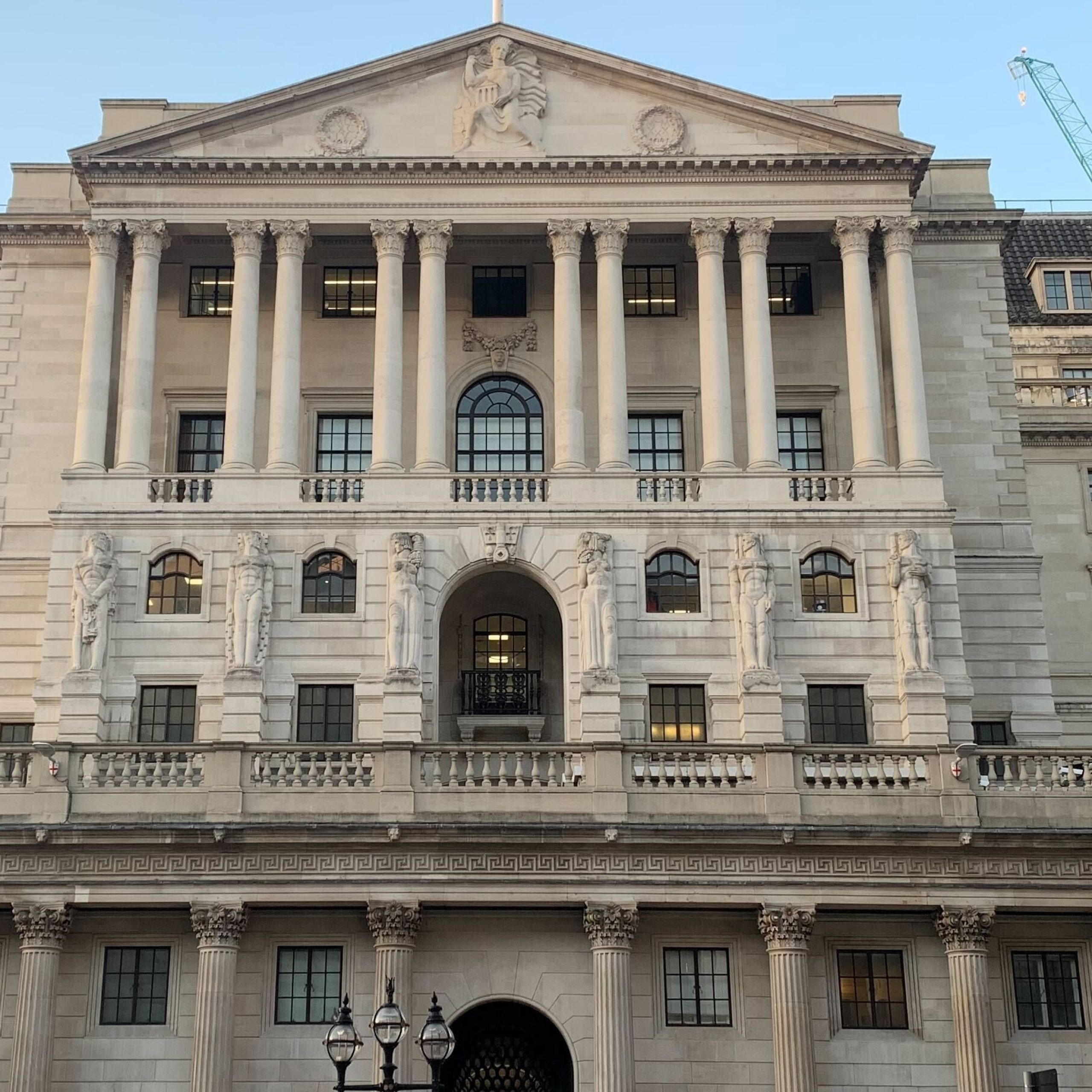Based on blockchain wallet data, TRON (TRX) grew its accounts to more than 231 million. The growth of TRX users reflects the bull market trends and the new expansion of TRON-based decentralized finance. Recently, TRON also surpassed Ethereum (ETH) on fees, an indicator of growing activity.
TRON gained importance as the carrier of more than 50% of the Tether (USDT) supply. The initial design of the blockchain also included the ability to carry high traffic.
Some TRON activity may be bot-driven, but there are other indicators of real-use cases and the network’s value. TRON is also the only network to grow its DeFi TVL gradually instead of going through a boom and bust. One reason is that TRON was a separate ecosystem, shielded from the fallout of early DeFi hype.
TRON Activity, Financials Flow into DeFi
In 2024, DeFi on TRON charted an all-time high in March, and TVL is approaching peak levels again.
The growth of DeFi also expands the influence of TRON, which is now focused on centralized exchanges. TRON-based USDT is 56.64B tokens out of 111.4B total tokens, and is more widely used in centralized markets than Solana-based USDT and other versions.
TRON Weekly Fees Surpass Ethereum
The TRON network picked up the pace in May, expanding the daily transaction count to 5.5M. The activity translated into fees of $4.4M per day, which surpassed the weekly average for Ethereum. The current network fees and transactions come from the 2.6M daily active accounts on TRON. Ethereum daily active users are just under 500K.
TRON expanded its daily users even during market corrections and remains strong after the late March peak.
ETH fees remain between $4.3 and $6.2M per day, and is a close competitor to TRON, especially on days with high fees. However, TRON is the only alternative that seems to compete with Ethereum’s ecosystem on multiple counts.
Also read: Tron Price Prediction 2024–2030: Will Tron Reach $10?
The bull market has also affected TRON fees in recent months. While the fees are generally much lower, there are days when network load means paying as much as $3 per transaction. TRON revenues were under $2M daily in February, more than doubling since then.
For TRON users, it is already necessary to use fee optimization services or energy renting to limit unexpected payments. This is especially true of microtransactions for gaming or using DeFi or NFT.
TRON Continues with Token Burns
The TRON network entered its “deflationary era” from 2021 onward. Although TRX has a very large supply, burns are happening regularly to offset new token creation and usage. The token burns also reflect the network’s fees, sparking hopes of better performance for the TRX market price.
After the latest burn, the TRON network shrank the supply by a net 6.4M tokens.
The latest burn follows a few smaller events, destroying a net of 6M tokens. With growing activity and peaking fees, burns will only accelerate.
Google Cloud Joins to Secure TRON Network
TRON’s network will join Google Cloud, one of the biggest data service providers. Google Cloud has also applied for a slot to become a Super Representative and serve to secure the TRON consensus.
As a Super Representative, Google Cloud will also receive TRX rewards for block production and security.
However, Google Cloud does not have the role guaranteed and is still a Super Representative Candidate. There are a total of 413 accepted Super Representatives on the TRON network and a long list of candidates.
BitTorrent (BTT) Boosts TRON Network Activity
TRON’s activity has increased partly due to its affiliated token, BitTorrent (BTT), which was launched in 2018 after acquiring the web torrent service. Until recently a forgotten asset, BTT is seen as having the potential to rally and erase a zero.
BTT rose from its lows and is now at $0.0000012, around 50% down from its initial all-time high.
BTT and TRX took nearly a year to recover from controversy, including a lawsuit against TRON’s founder. The lawsuit resulted in the shedding of regulated token USDC from the TRON network. Over time, TRON compensated with additional USDT inflows.
Cryptopolitan reporting by Hristina Vasileva



 Appreciation to all
Appreciation to all  In aggregate the top chains Daily Active Users expanded by 10% during the pullback
In aggregate the top chains Daily Active Users expanded by 10% during the pullback showcasing a commitment to deflation & value growth
showcasing a commitment to deflation & value growth  With a net negative production ratio of -6,399,397
With a net negative production ratio of -6,399,397 




